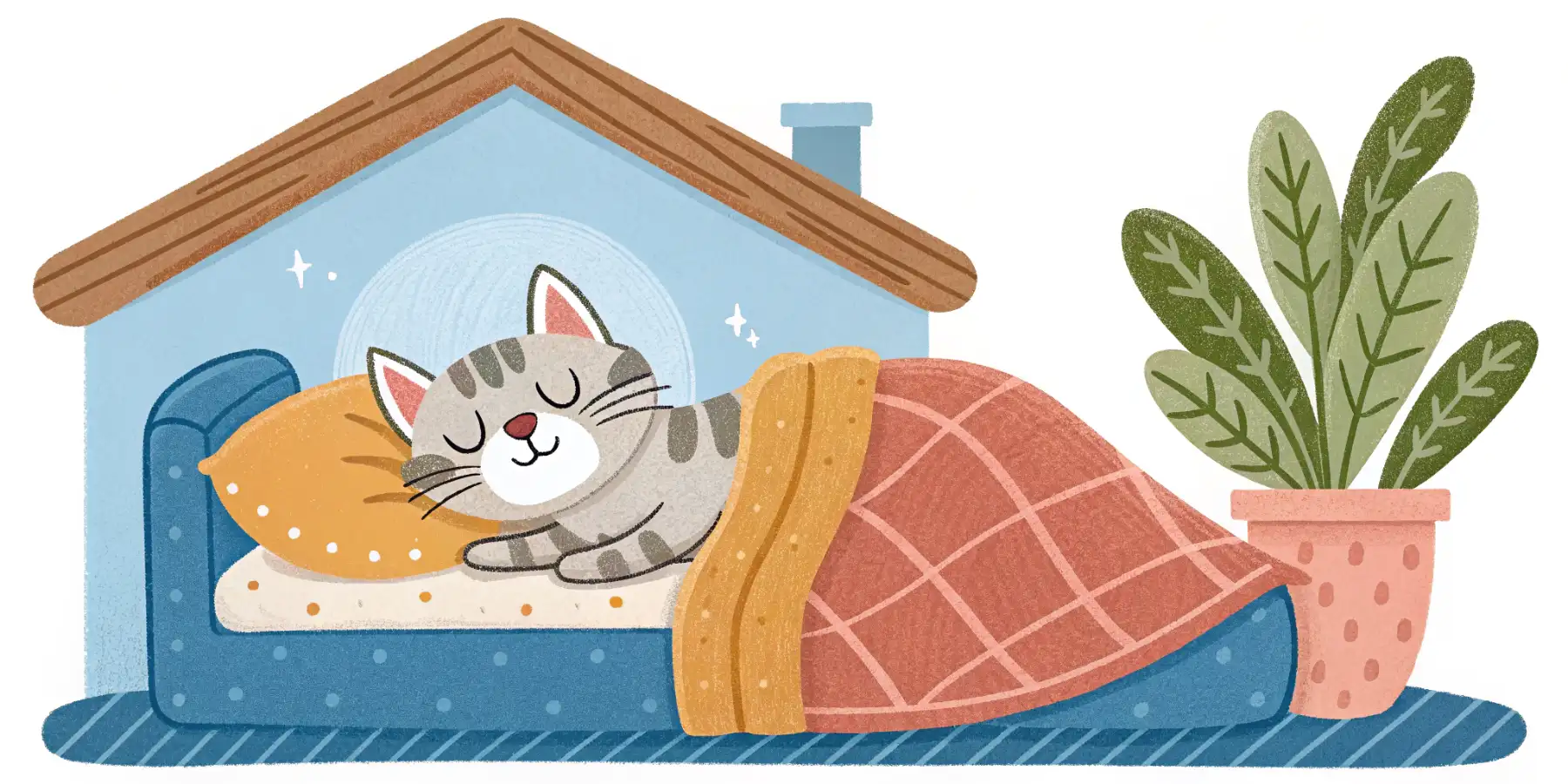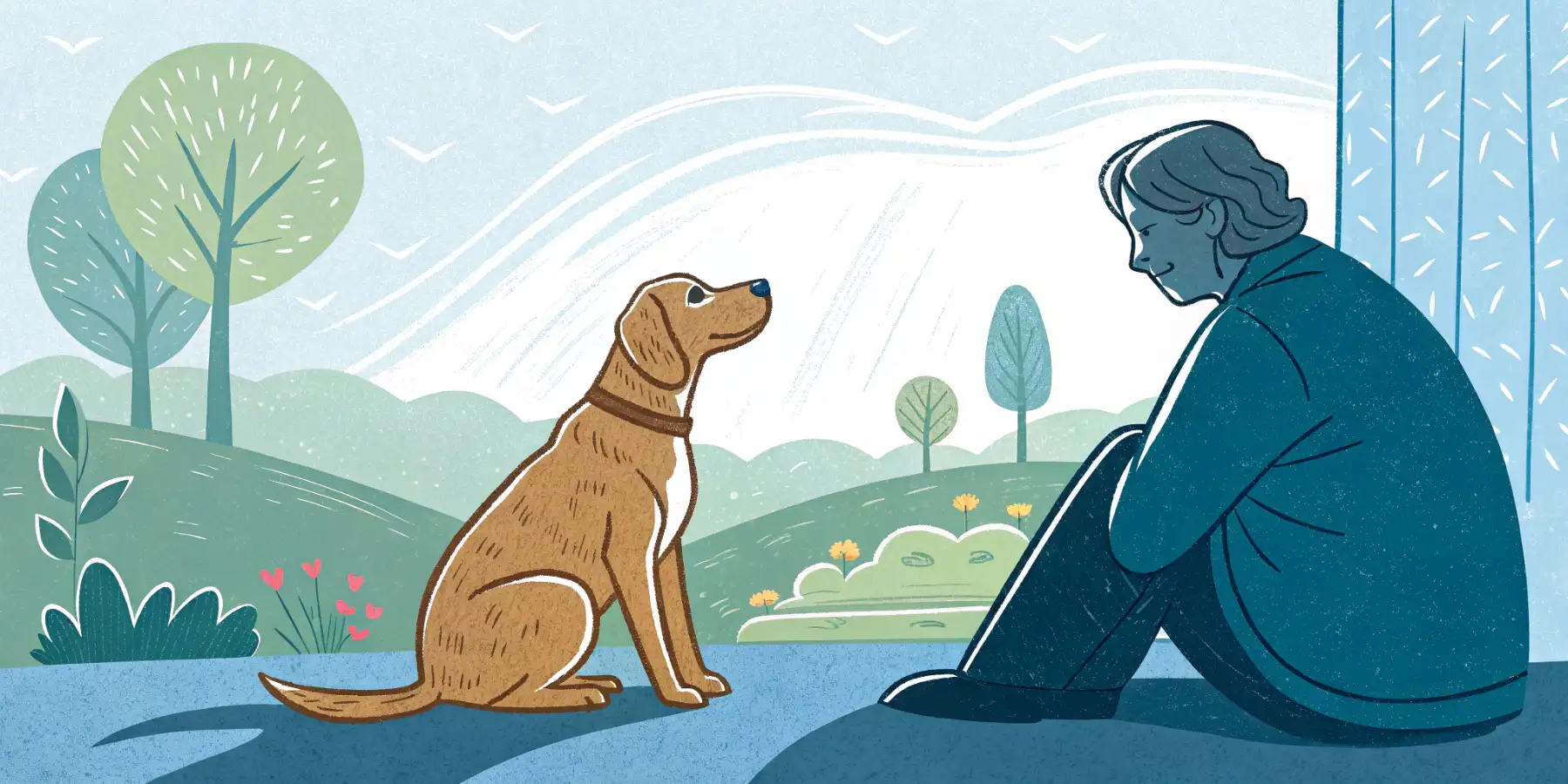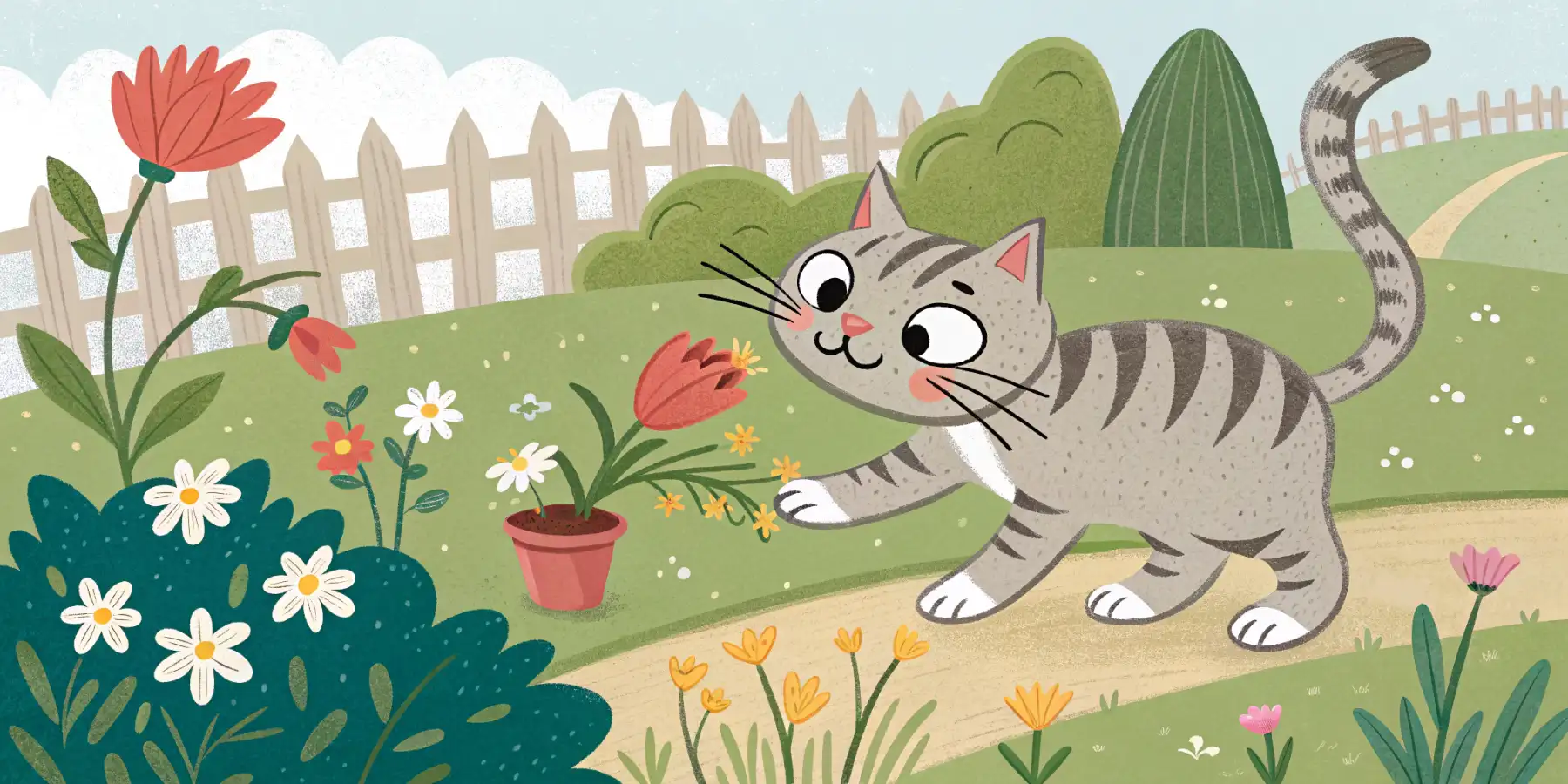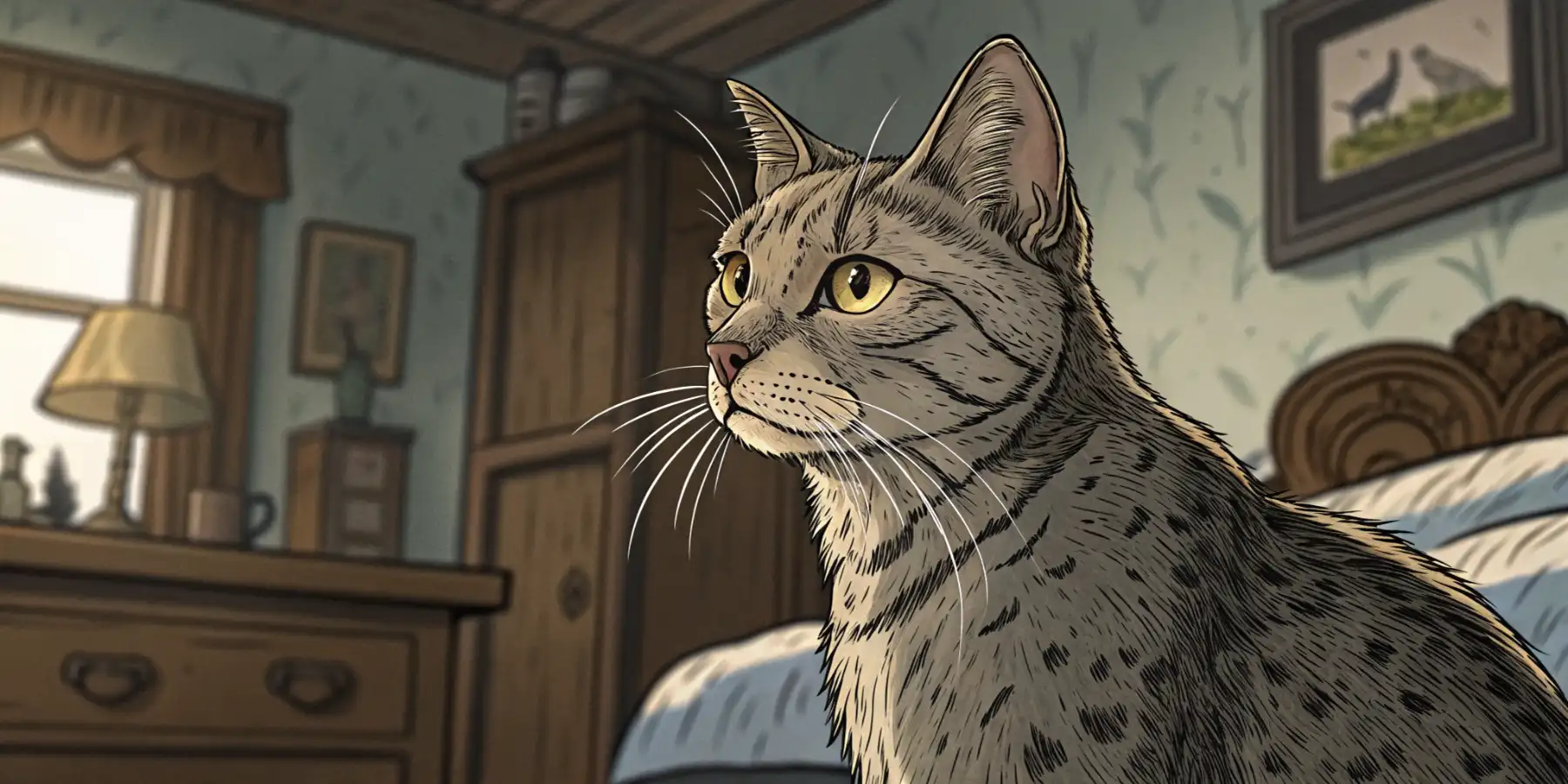
Senior Cat? Spotting the Signs of Feline Aging
Is your cat a senior? 🙀 Learn to spot the signs of *feline aging* & give your *older cat* the best care! Click for tips!
Is My Cat a Senior? Recognizing the Signs of Aging in Felines
We all wish our furry companions could stay kittens forever, batting at toys and demanding endless cuddles. But just like us, cats age. Knowing when your cat transitions into its senior years – and recognizing the subtle signs of aging – is crucial for ensuring they receive the best possible care. But when exactly does a cat become a senior? And what should you look for? Let’s dive in!
Defining “Senior”: It’s More Than Just a Number
While we often use chronological age to define senior status, it’s important to remember that cats age at different rates. Generally, cats are considered senior around 11 years old. By age 15, they’re often categorized as geriatric. However, a healthy 12-year-old cat may be more active and vibrant than a less healthy 10-year-old. Factors like genetics, diet, environment, and previous health conditions all play a role.
Instead of focusing solely on age, pay attention to changes in your cat’s behavior, physical condition, and overall well-being. This is vital in senior cat care.
 A senior cat enjoys a peaceful nap in a sunlit spot, highlighting the importance of providing comfortable environments for aging felines.
A senior cat enjoys a peaceful nap in a sunlit spot, highlighting the importance of providing comfortable environments for aging felines.
The Subtle Signs: Recognizing the Changes
Spotting the early signs of aging can be tricky. Cats are masters at masking discomfort, so keen observation is key. Here are some common indicators that your cat may be entering its senior years:
-
Changes in Activity Level: This is usually the first thing owners notice. Is your cat sleeping more? Less interested in playing? Do they struggle to jump up to their favorite perches? Reduced mobility is a common sign of arthritis in older cats or other joint issues.
-
Weight Changes: Keep a close eye on your cat’s weight. Weight loss, even if gradual, can indicate underlying health problems like kidney disease, hyperthyroidism, or cancer. Conversely, weight gain can be a sign of decreased activity and metabolic changes.
-
Changes in Grooming Habits: Senior cats may have difficulty grooming themselves due to arthritis or other physical limitations. You might notice a matted coat, especially around their rear end. Conversely, some cats may over-groom certain areas due to anxiety or discomfort.
-
Dental Issues: Dental disease is extremely common in older cats. Look for signs like bad breath, drooling, difficulty eating, or pawing at the mouth. Untreated dental problems can lead to pain, infection, and even systemic health issues. Regular dental care for senior cats is essential.
-
Changes in Litter Box Habits: Increased urination can be a sign of kidney disease or diabetes. Difficulty using the litter box may indicate arthritis or other mobility problems. Incontinence in senior cats should always be investigated by a vet.
-
Cognitive Dysfunction (Feline Dementia): Just like humans, cats can develop cognitive dysfunction as they age. Symptoms can include disorientation, confusion, changes in sleep patterns, increased vocalization (especially at night), and decreased interaction with their owners.
-
Vision and Hearing Loss: Gradual vision or hearing loss can be difficult to detect at first, but you might notice your cat becoming more hesitant in unfamiliar environments or not responding as readily to your voice.
What To Do: Supporting Your Senior Cat
Once you recognize the signs of aging, it’s time to take action! Here’s how to provide the best possible care for your senior feline friend:
-
Regular Veterinary Checkups: Senior cats should have veterinary checkups at least twice a year. These visits allow your vet to screen for age-related diseases, monitor existing conditions, and provide preventative care.
-
Dietary Adjustments: Talk to your vet about switching to a senior cat food that is specifically formulated to meet the needs of older felines. These diets are often lower in calories, higher in fiber, and contain added supplements to support joint health and cognitive function.
-
Environmental Modifications: Make your home more comfortable and accessible for your senior cat. Provide soft, padded beds in warm, quiet locations. Consider using ramps or stairs to help them reach their favorite spots. Ensure that food, water, and litter boxes are easily accessible.
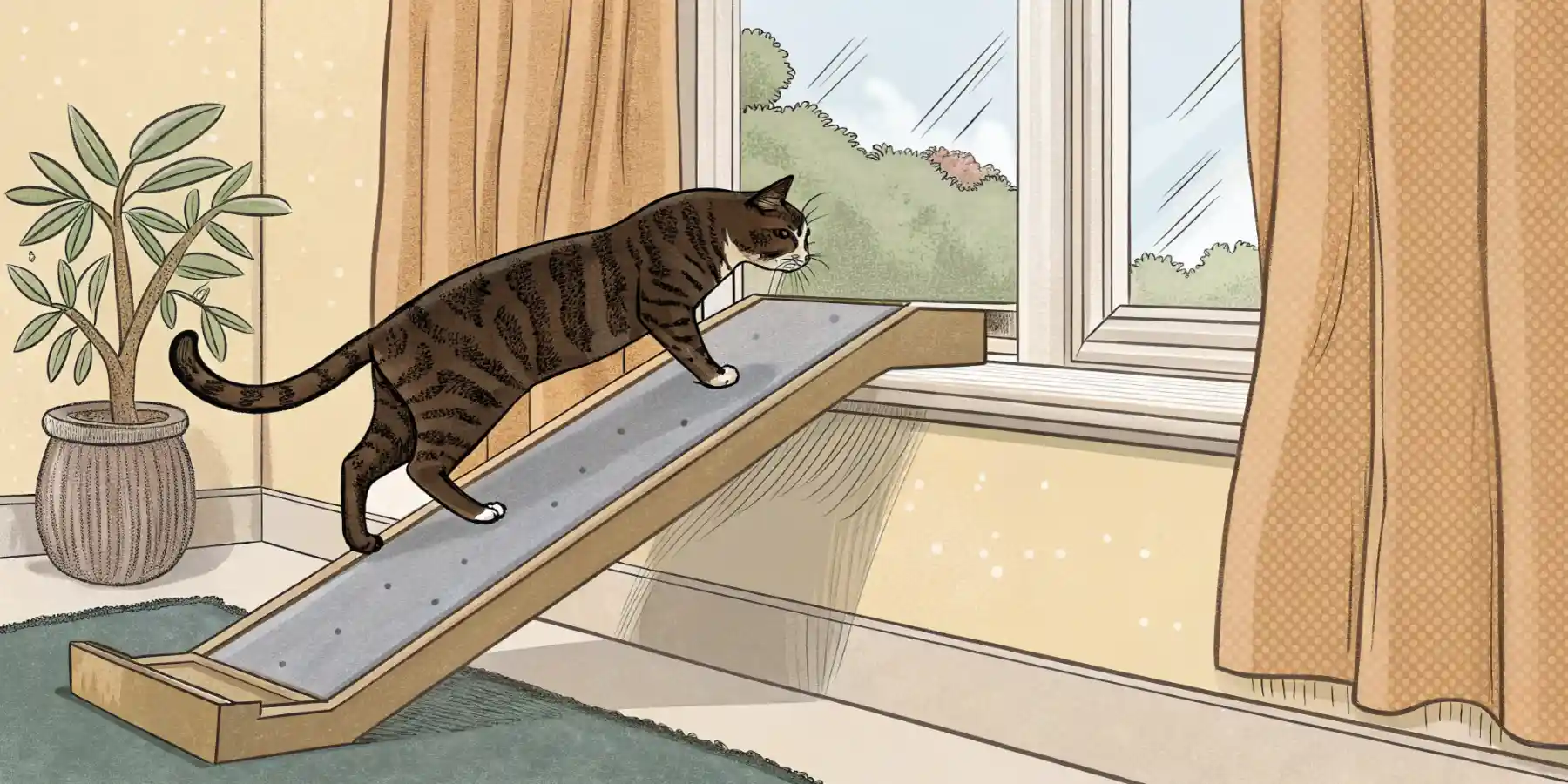 A senior cat comfortably uses a ramp to reach a window perch, illustrating how environmental modifications can improve the quality of life for aging felines.
A senior cat comfortably uses a ramp to reach a window perch, illustrating how environmental modifications can improve the quality of life for aging felines.
-
Pain Management: If your cat is experiencing pain due to arthritis or other conditions, talk to your vet about pain management options. These may include medications, supplements, physical therapy, or acupuncture.
-
Mental Stimulation: Keep your senior cat mentally stimulated with gentle play sessions, puzzle toys, and lots of love and attention. Even short bursts of interaction can help keep their minds sharp.
-
Grooming Assistance: If your cat is having difficulty grooming themselves, help them out by brushing them regularly. This will help prevent mats and keep their coat healthy.
My Personal Experience: A Story of Observation and Care
In my experience, the most rewarding part of caring for a senior cat is the deep bond that develops as you navigate their aging journey together. I remember when my own cat, Whiskers, started slowing down. At first, I just attributed it to her being “lazy,” but then I noticed she was struggling to jump onto the couch. A vet visit confirmed she had arthritis. With medication, environmental modifications, and lots of gentle love, Whiskers lived comfortably and happily for several more years.
It’s easy to overlook subtle changes in our cats, but being proactive and attentive can make a huge difference in their quality of life. Don’t be afraid to ask your vet questions and advocate for your feline friend.
Conclusion: Embracing the Golden Years
Caring for a senior cat requires patience, understanding, and a proactive approach. By recognizing the signs of aging and providing appropriate care, you can help your beloved feline companion enjoy a comfortable and fulfilling life in their golden years. Remember, early detection of age-related diseases in cats is key to effective management. It is about quality of life, not quantity. Enjoy the extra cuddles and purrs!
 A loving owner pets their senior cat, emphasizing the importance of affection and bonding during the aging process.
A loving owner pets their senior cat, emphasizing the importance of affection and bonding during the aging process.
